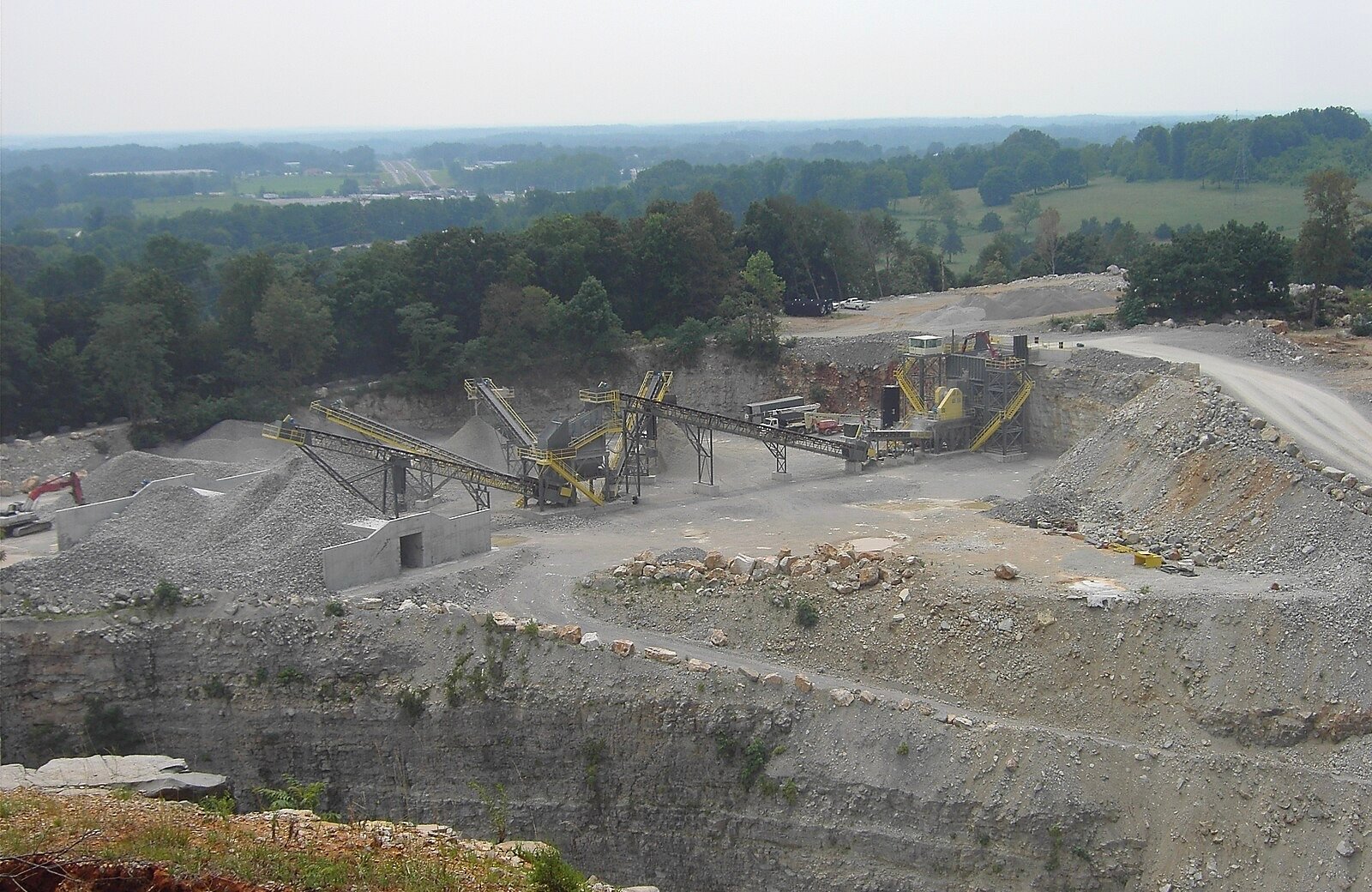Times of crises accelerate innovation and the pace of change – and the world is still in the middle of one of the biggest global upheavals of the past 100 years.
As the Canadian public contended with empty store shelves for the first time in living memory, that change came in the form of acute awareness of food, the food system, and all its associated baggage.
Why it matters: After a tumultuous year, opportunities and issues within the agri-food sector are suddenly harder to ignore.
Read Also

Melancthon faces a new quarry fight over water, environment and farmland risks
A proposed Strada blast quarry in Melancthon, Ont., sparks regional debate over water protection, farmland sustainability, and Ontario’s aggregate policy.
This new awareness goes beyond the stereotypical craft beer and locavore preferences often attributed to millennials, mums, and other socially minded denizens of the metropolis. It now reaches further into long-standing food system issues – from migrant labour to the reliability of food processing, and beyond. It’s a reality the agriculture and food sector will be contending with for the months and years to come, according to the latest consumer trend report from Nourish Network.
But it’s also one all stakeholders in the agri-food sector might want to embrace.
Pandemic lifts production veil
Like a garden hose under too much pressure, the tumultuous events of 2020 showed Canadians where the leaks and other weak points in our food system are, says Len Kahn and Jo-Ann McArthur – presidents of Kahntact and Nourish, the two marketing companies responsible for the report.
The prospect of empty shelves, news stories about disruptions at processing plants, and a variety of other factors quickly torn away what remained of the veil between the general public and those in the food supply chain. This, says McArthur, prompted the former to start researching food issues at an otherwise unseen scale – everything from specific production queries to general terms such as “food system”.
As described in the report, “even the least curious consumers understood there was an intricate supply chain responsible for the produce and finished goods on grocery shelves.”
Radical transparency
Increased general awareness of the food system has simultaneously coincided with the public more frequently linking wider societal concerns with food production.
For the agriculture sector, this translates to demands for “radical transparency.”
“Is it time to relook your company’s values and [corporate social responsibility] policies?” the report asks.
Where have all the grads gone?
Worker and social justice issues aside, pandemic pressures also made labour gaps more apparent to the general public – and that might be positive.
The agriculture sector has long been aware of the demand for trained individuals, say Kahn and McArthur. They’re wanted in government, non-governmental organizations, academia, in the private sector, as well as on the home farm. It’s both a quantity and a quality problem, and such demand was not being met pre-COVID.
Since March, government support and industry cooperation in the form of program investments, job-matching portals, and other means were implemented to alleviate the urgency induced once the pandemic hit.
“The trend is, we won’t be able to fill all the needs just from farm kids. We’re going to have to look outside our traditional sources,” says Kahn. Programs to attract and train from a wider pool, including both Canadians and foreign workers, are likely required.
Emergency efforts to fill labour gaps could have longer-term impacts and that’s getting noticed by government and industry.
Get on the digitization wagon
The accelerated adoption of digital tools was another significant trend, including in food service and retail.
The use of tools linking purchases and preparation have surged, for example, such as those allowing advanced grocery orders, and linking mobile devices to enhance in-store experiences.
Additional costs, such as those incurred by adding automation – are already being pushed onto primary producers and processors. Earlier parts of the value chain are starting to push back, she says, though the trend as a whole is one to watch.
On the farm, Kahn says COVID prompted more farmers to purchase inputs online – something generally considered a rarity given the cultural affinity for personal service, advice, and desire to support local businesses.
A greater number of producers also took advantage of pandemic restrictions to set up “closed-loop” businesses, where they sell and deliver farm gate products via their own website.
“These are still early days,” says Kahn, later adding the pandemic is “still clouding the crystal ball.”
Rural broadband, the perpetual elephant in the cloud, is also finally receiving significant investment from both federal and provincial governments, as well as companies like Telus.
The pace of change
The pandemic may drag, but the pace of change induced by its disruptions certainly has not. Indeed, McArthur describes 2020 as containing “10 years of change implemented in 10 months.”
Like it or not, long-ignored or under addressed issues and opportunities in the food sector are now a lot harder to ignore.
Such is the legacy of 2020.
The full report is available at nourish.marketing.















